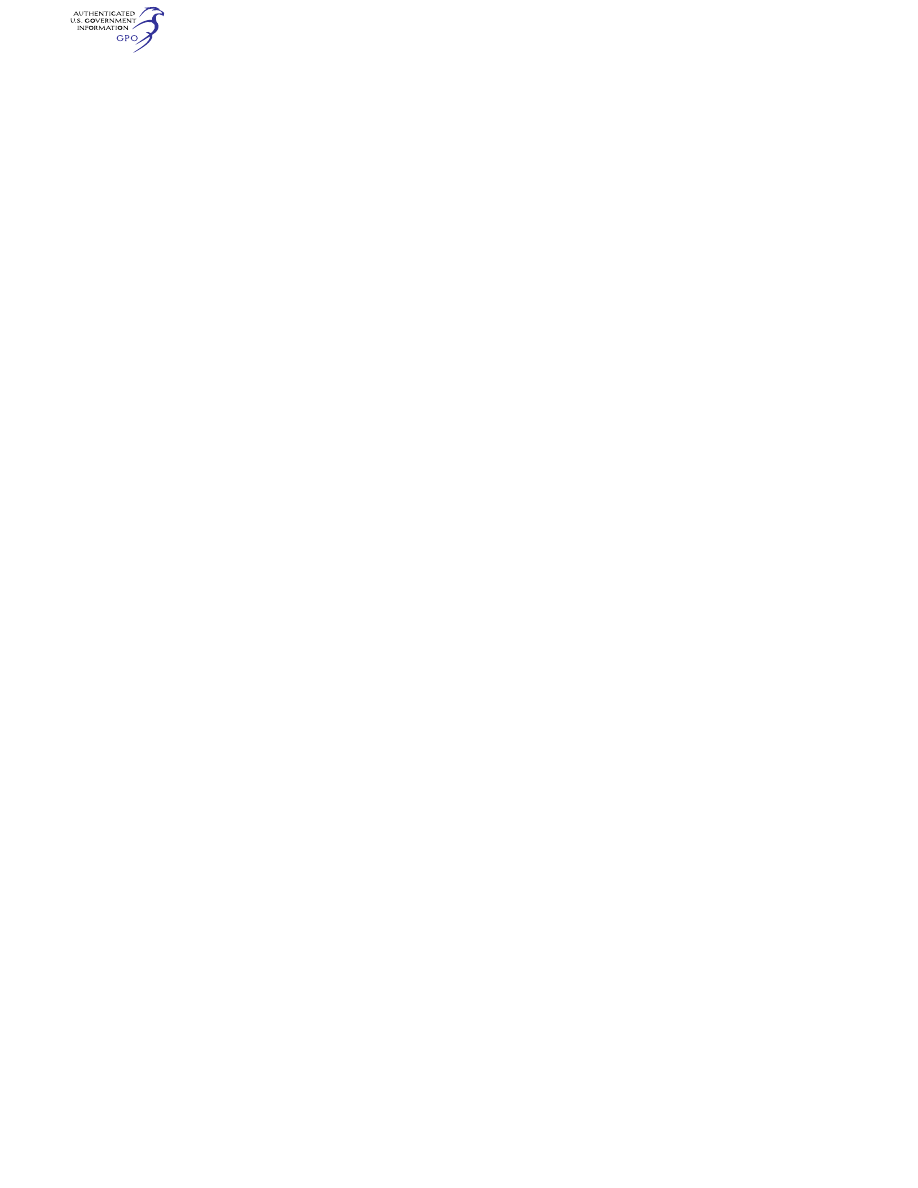
545
Federal Aviation Administration, DOT
§ 61.113
may have the ‘‘Night flying prohib-
ited’’ limitation removed if the per-
son—
(i) Accomplishes the appropriate
night flight training requirements of
this subpart; and
(ii) Presents to an examiner a log-
book or training record endorsement
from an authorized instructor that
verifies accomplishment of the appro-
priate night flight training require-
ments of this subpart.
(c) A person who does not meet the
night flying requirements in
§ 61.109(d)(2), (i)(2), or (j)(2) may be
issued a private pilot certificate with
the limitation ‘‘Night flying prohib-
ited.’’ This limitation may be removed
by an examiner if the holder complies
with the requirements of § 61.109(d)(2),
(i)(2), or (j)(2), as appropriate.
[Doc. No. 25910, 62 FR 16298, Apr. 4, 1997;
Amdt. 61–103, 62 FR 40904, July 30, 1997;
Amdt. 61–110, 69 FR 44869, July 27, 2004]
§ 61.111
Cross-country flights: Pilots
based on small islands.
(a) Except as provided in paragraph
(b) of this section, an applicant located
on an island from which the cross-
country flight training required in
§ 61.109 of this part cannot be accom-
plished without flying over water for
more than 10 nautical miles from the
nearest shoreline need not comply with
the requirements of that section.
(b) If other airports that permit civil
operations are available to which a
flight may be made without flying over
water for more than 10 nautical miles
from the nearest shoreline, the appli-
cant must show completion of two
round-trip solo flights between those
two airports that are farthest apart, in-
cluding a landing at each airport on
both flights.
(c) An applicant who complies with
paragraph (a) or paragraph (b) of this
section, and meets all requirements for
the issuance of a private pilot certifi-
cate, except the cross-country training
requirements of § 61.109 of this part,
will be issued a pilot certificate with
an endorsement containing the fol-
lowing limitation, ‘‘Passenger carrying
prohibited on flights more than 10 nau-
tical miles from (the appropriate is-
land).’’ The limitation may be subse-
quently amended to include another is-
land if the applicant complies with the
requirements of paragraph (b) of this
section for another island.
(d) Upon meeting the cross-country
training requirements of § 61.109 of this
part, the applicant may have the limi-
tation in paragraph (c) of this section
removed.
[Doc. No. 25910, 62 FR 16298, Apr. 4, 1997;
Amdt. 61–103, 62 FR 40904, July 30, 1997]
§ 61.113
Private pilot privileges and
limitations: Pilot in command.
(a) Except as provided in paragraphs
(b) through (h) of this section, no per-
son who holds a private pilot certifi-
cate may act as pilot in command of an
aircraft that is carrying passengers or
property for compensation or hire; nor
may that person, for compensation or
hire, act as pilot in command of an air-
craft.
(b) A private pilot may, for com-
pensation or hire, act as pilot in com-
mand of an aircraft in connection with
any business or employment if:
(1) The flight is only incidental to
that business or employment; and
(2) The aircraft does not carry pas-
sengers or property for compensation
or hire.
(c) A private pilot may not pay less
than the pro rata share of the oper-
ating expenses of a flight with pas-
sengers, provided the expenses involve
only fuel, oil, airport expenditures, or
rental fees.
(d) A private pilot may act as pilot in
command of a charitable, nonprofit, or
community event flight described in
§ 91.146, if the sponsor and pilot comply
with the requirements of § 91.146.
(e) A private pilot may be reimbursed
for aircraft operating expenses that are
directly related to search and location
operations, provided the expenses in-
volve only fuel, oil, airport expendi-
tures, or rental fees, and the operation
is sanctioned and under the direction
and control of:
(1) A local, State, or Federal agency;
or
(2) An organization that conducts
search and location operations.
(f) A private pilot who is an aircraft
salesman and who has at least 200
hours of logged flight time may dem-
onstrate an aircraft in flight to a pro-
spective buyer.
VerDate Sep<11>2014
14:00 Mar 14, 2024
Jkt 262047
PO 00000
Frm 00555
Fmt 8010
Sfmt 8002
Q:\14\14V2.TXT
PC31
aworley on LAPBH6H6L3 with DISTILLER
